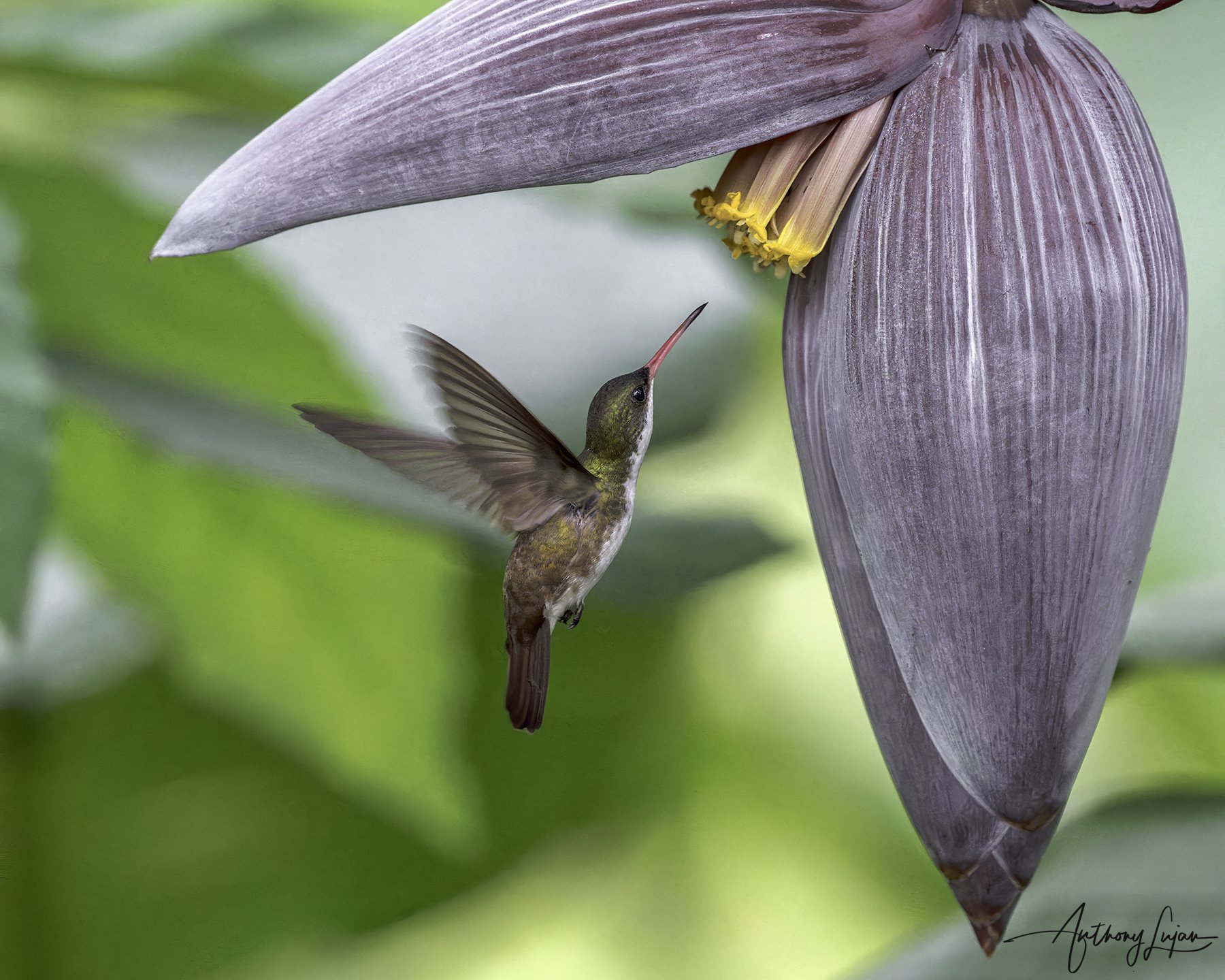Green-fronted Hummingbird Taxonomy Change: What You Need to Know
Introduction
In 2023, the Green-fronted Hummingbird underwent a significant taxonomic revision, changing from Leucolia viridifrons to Ramosomyia viridifrons. This update is a reflection of the ongoing advancements in genetic and morphological research, enhancing our understanding of this vibrant species.
Background on Green-fronted Hummingbird
Historically classified as Leucolia viridifrons, the Green-fronted Hummingbird is native to various regions of Mexico. Known for its striking green forehead and vibrant plumage, this species has long fascinated ornithologists and bird enthusiasts.
Reasons for the Taxonomic Change
The reclassification to Ramosomyia viridifrons was driven by recent genetic studies and detailed morphological analyses. These studies revealed significant differences that warranted a new classification, aligning the species more accurately with its genetic relatives.
Scientific Methods
Researchers employed advanced DNA sequencing techniques and comprehensive morphological comparisons to support the reclassification. Field studies provided additional insights, ensuring a robust understanding of the species' unique characteristics.
Implications of the Reclassification
This taxonomic update has important implications for ornithological research and conservation efforts. Accurate classification aids in understanding evolutionary relationships and improves conservation strategies by ensuring precise identification of species.
Genetic Evidence
Genetic analysis played a crucial role in the reclassification, revealing significant phylogenetic relationships that distinguished Ramosomyia viridifrons from its previous classification. DNA sequencing provided the evidence needed to support this change.
Morphological Differences
Detailed morphological studies highlighted distinct physical traits, such as differences in plumage and body structure, that set Ramosomyia viridifrons apart from other related species. These findings were essential in validating the new classification.
Role of Advanced Technologies
Modern genetic techniques have been instrumental in refining our understanding of avian taxonomy. These technologies allow for more precise identification and classification, contributing to the broader field of ornithological research.
Historical Context
The reclassification of the Green-fronted Hummingbird reflects the dynamic nature of scientific understanding. Previous classifications were based on the best available data at the time, but advancements in technology have allowed for more accurate assessments.
Conclusion
The reclassification of the Green-fronted Hummingbird to Ramosomyia viridifrons reflects the dynamic nature of scientific inquiry and the continuous quest for knowledge. This update not only enhances our understanding of hummingbird taxonomy but also underscores the importance of integrating genetic and morphological data in species classification.
Please note: The content provided on this blog is for educational purposes only and contains general information.

